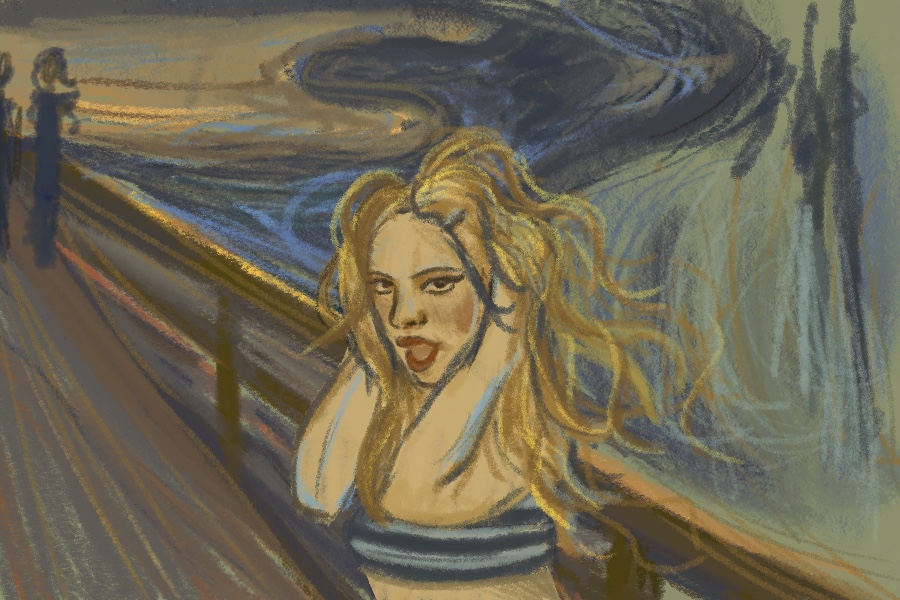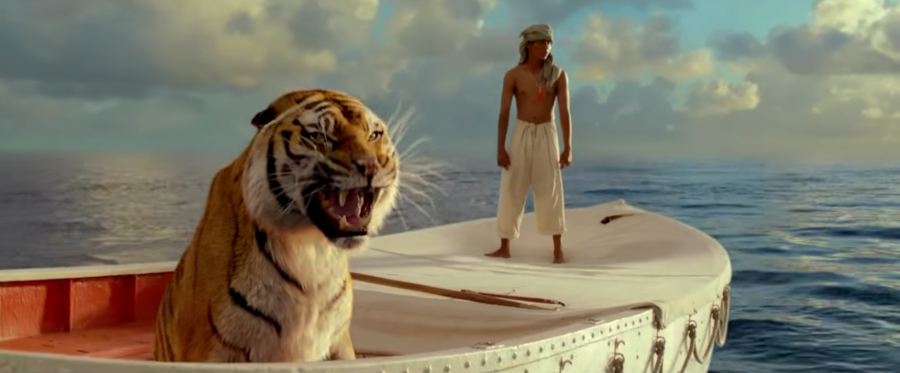The live-action “Dumbo” remake comes out this week, and it got the Arts Desk thinking about the countless animal characters that have graced the silver screen, especially in Disney films. After all, they built their empire off a talking mouse. But since we love animals, we decided to take a look at all our favorite animal characters in film and TV that should get more praise than they often do as well as point out a few characters that may, in fact, be loved a tad too much. This is Unpopular Opinions: Animal Characters.
Tod and Copper — “The Fox and the Hound”
There are only a few films in my life that have brought me to tears and the 1981 Disney animated film “The Fox and the Hound” is one of them. The film displays one of the greatest yet most underrated friendships in cinematic history, that of Tod (Mickey Rooney), the fox, and Copper (Kurt Russell), the hound. While the film is an entertaining mix of heart and hilarity, I grew to love it in its heartbreaking climax, at which Copper and Tod show how deep their friendship runs despite society and nature nearly tearing them apart. At a certain point in the film, the friends are split up because Tod is framed for injuring another dog that Copper lives with. Tod goes to live in the forest, while Copper grows violent and is trained by his owner, Amos Slade (Jack Albertson), to be a hunting dog. The latter go into the woods one day and come across Tod, but both parties are then attacked by a vicious bear. Tod defends Copper and Slade from the bear, but is nearly ripped to shreds in the process. When Slade tries to take the opportunity to shoot Tod, Copper rushes to his friend’s defense, standing in between the beaten fox and the gun. Even when Slade urges Copper to leave, Copper takes a more definitive stance above Tod, shaking his head sorrowfully at his owner and reforming him. Tod and Copper share one last smile before parting ways. Their friendship is tested and almost destroyed, but their love for one another ultimately saves them both. Tod and Copper are one of the best duos in the Disney pantheon, as their relationship — even though they’re cartoon animals — feels incredibly real and emotionally resonant. They are not depicted as clean, wholesome friends but, rather, unlikely buddies that are meant to be adversaries. In the end, they overcome what the world expects of them because of the love and respect they have for each other. — Guru
The Wolf Pack — “The Grey”
Without a single word of dialogue, the wolves in “The Grey” are as fleshed out as any of their human character counterparts. Their dogged pursuit of Liam Neeson and company gives the film its unrelenting, headache-inducing anxiety. Without displaying any supernatural attributions or overtly anthropomorphic features, one gets the sense, from their haunting gaze and Neeson’s reactions to them, that these wolves are ascribed a meaning and significance that stretches far beyond their physical form. The alpha wolf in particular, a recognizable character among the large pack, seems to represent the regal face of nature itself. Like a number of great leaders, he is to be both feared and admired. “The Grey” does not conform to any quixotic sympathy towards the wolves and nature. The wilderness, the grey, is merciless and unforgiving, and the men who are dragged into the godless country quickly abandon their inapplicable niceties. The battle between civilization and humans finds a new form in “The Grey,” as Neeson’s party wanders in likely untouched land. The playing field is leveled with Neeson and company left without generations of civilization’s accumulated advantages to face the wolves on terms out of the control of man. It is their omnipresence that makes the lurking wolves so terrifying — while Neeson scrapes out a bleak and tenuous existence in the cold, the hungry canines drop in and out of the action at their leisure. The wolves are profound in mythic proportions, while remaining grounded in the brutal realism that defines the film. — Dante
Richard Parker — “Life of Pi”
Ang Lee’s 2012 film, adapted from the novel of the same name by Yann Martel, was one of the most acclaimed releases of the year, receiving high praise for its visuals, directing, score and screenplay. It’s certainly a well-made film, but the story had me rolling my eyes. The movie follows a shipwrecked Indian teenager — the titular Pi — as he fights to survive the open ocean while adrift in a lifeboat, which he shares with a Bengal tiger. You see, Pi and his family run a zoo in Pondicherry, on the east coast of India; his father decides to move the family to Canada, and to bring some of their animals along to sell. When their cargo freighter hits a storm in the Pacific and goes down, Pi is the sole survivor, save the tiger his family calls Richard Parker. Pi and Richard Parker form a sort of truce as Pi struggles to chart a path to land. I won’t deny that visually, “Life of Pi” is nothing short of staggering. It’s a huge cinematic achievement — the CGI is virtually seamless and the use of 3D heightens the drama, rather than feeling like a simple gimmick. There are several moments that stand out for the artfulness of their beauty, including an absolutely stunning dream sequence. Unfortunately, the story itself falls surprisingly flat. I was a big fan of the book when I read it in sixth grade, but by the time the film came around a few years later I was already more than over the maudlin, sentimental plot, which the film does little to improve on. Richard Parker serves as a sort of strange symbol for Pi’s growth and self-empowerment in the face of tragedy and hardship, in a way that feels emotionally cheap. And accusations of animal abuse on the set of the film only make me like it less. — Alex
Email the Arts Desk at [email protected].


























































































































































